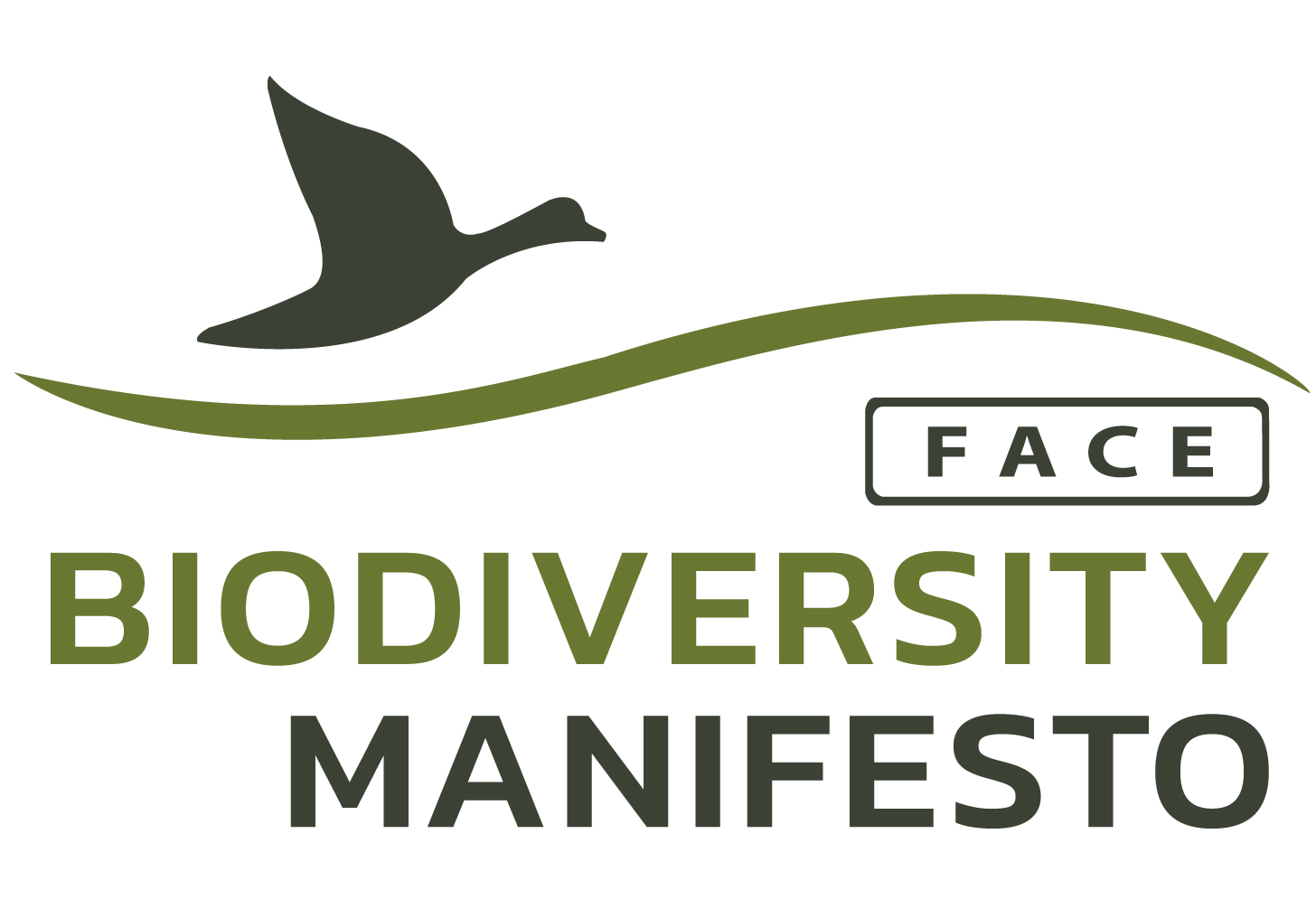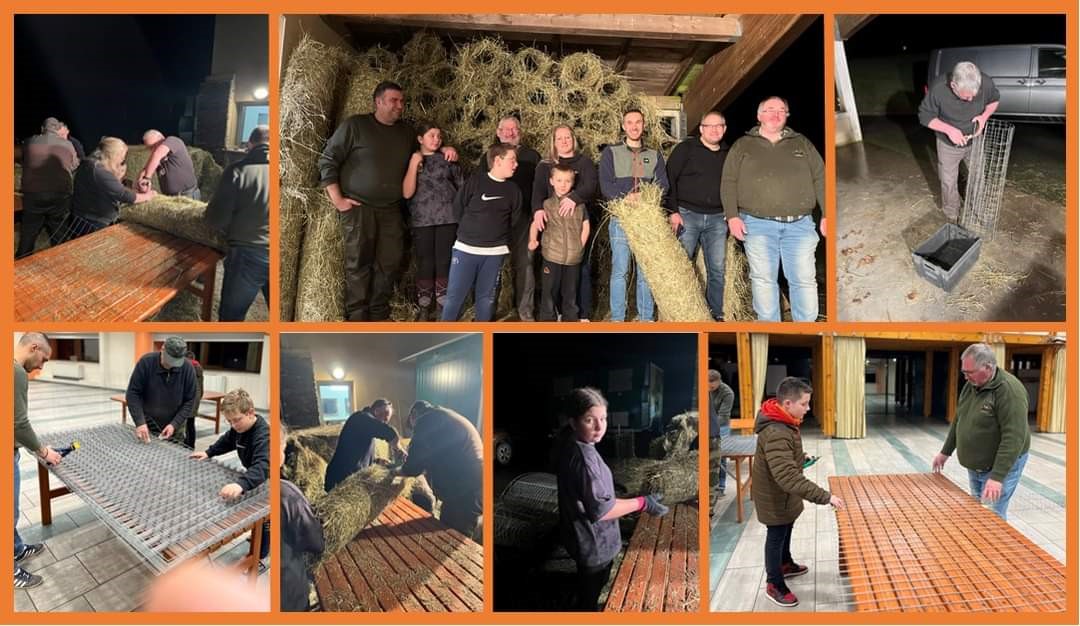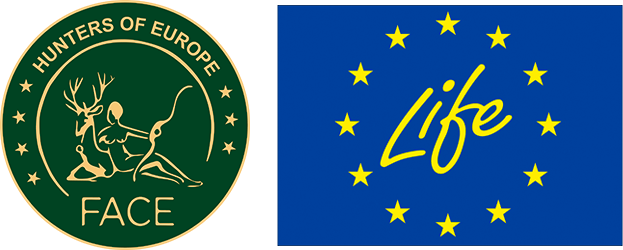Wetlands are one of the natural habitats that have been decreasing the most in Europe. The loss of these important natural spaces has serious consequences for biodiversity, particularly for the indigenous fauna and flora of these habitats. For waterfowl, wetlands are essential; they spend much of their lives in this habitat, nesting, breeding, feeding, sheltering from predators, and resting between migrations.
Aware of this strong dependence of waterfowl on wetlands and the importance of these spaces, European hunters have been tirelessly involved in the restoration and improvement of these areas. The French project of the Ardennes Gibier d’Eau association in partnership with the FDC 08 is another example of this constant effort.
These organizations gathered a group of young volunteer hunters and built approximately 100 nest tubes to improve breeding conditions for mallards. In addition to constructing these tubes, another 20 were improved, resulting in a total of 120 nesting sites for mallards in the wetlands of that French region.
These tubes are offered free of charge to landowners or hunters who wish to install them, and in return, they only have to monitor the reproduction of the ducks using the nest tubes and report the information. This information can be useful for various projects, such as the Duck Nest Monitoring Project by the Waterfowlers’ Network, a citizen science project that aims to monitor the effect of these artificial nesting structures (tubes, boxes, or baskets) on mallard, eider, and goldeneye populations. You can contribute by submitting your data and learn more about this project here.
The placement of these nest tubes has become gradually more common among European hunters. Despite being easy to construct, these artificial nesting sites can have a significant impact on increasing the reproductive success of mallards. A simple wire mesh tube, wrapped in straw and supported in a way that allows the tube to be slightly elevated above the water level, creates the ideal location for waterfowl species to nest and protect their offspring from potential predators, particularly invasive species.
Simple actions like these carried out by European hunters are supporting the recovery of wetlands and waterfowl across Europe, improving habitat and nesting conditions for these species. European hunters continue to demonstrate that with minimal investment, significant differences can be made for the future of wild species and biodiversity.
Source: Swing your nest! (sp1-brevo.net)


